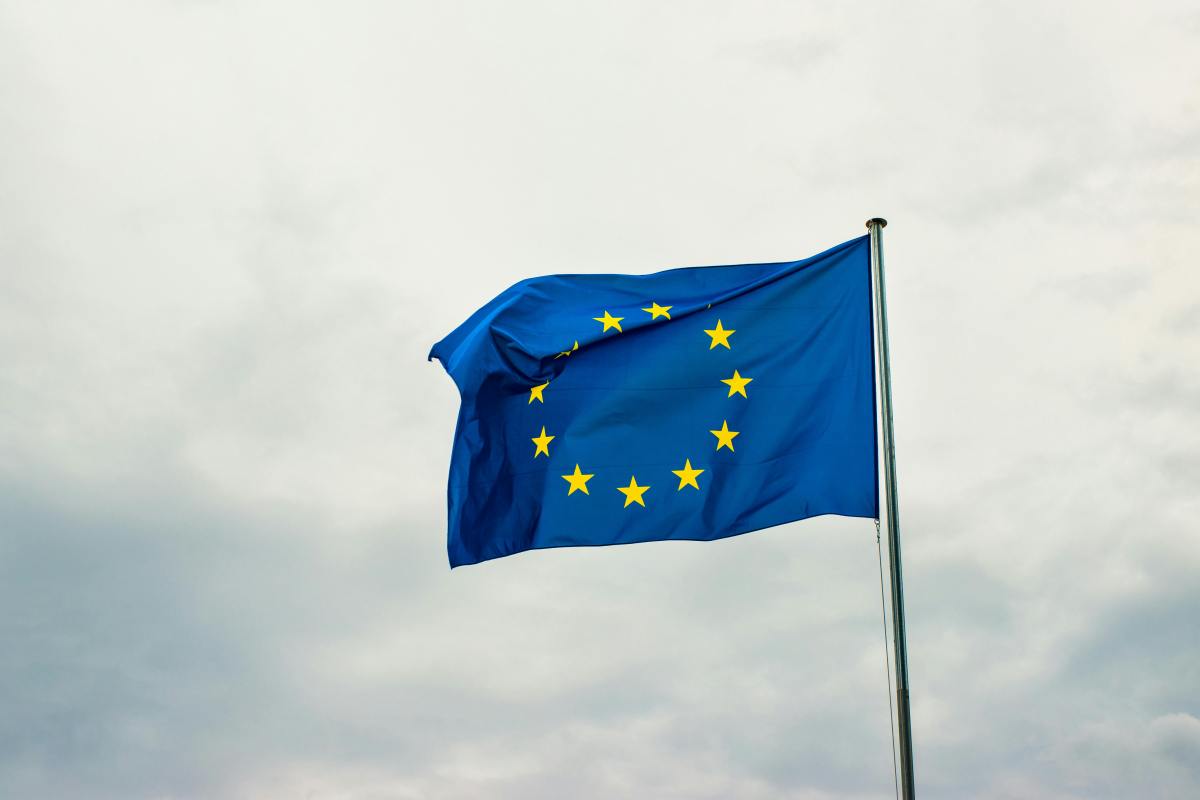The European Union has sought to provide a pioneering response: the European Artificial Intelligence Regulation (AI Act). This new regulation makes Europe the first region in the world to establish clear and binding rules for the development and use of AI. But the AI Act does not stand alone: it is part of a broader strategy to accelerate the adoption of AI and consolidate European technological leadership.
A globally pioneering framework
The EU already set a precedent with the General Data Protection Regulation (GDPR), which became an international model. Now it seeks to repeat that ‘Brussels effect’ with AI. Its goal is to protect people’s fundamental rights while promoting trustworthy innovation.
The new European AI Regulation has a global reach: it affects not only European companies, but also any provider of AI systems from outside the EU whose results are used within European territory. This ensures that protection reaches all European citizens, regardless of the origin of the technology.
The logic: regulate according to risk
At the heart of the regulation is a risk-based approach. The standard does not treat all AI equally, but establishes four levels:
- Unacceptable risk (prohibited): this includes practices that the EU considers too dangerous. For example, subliminal manipulation systems, Chinese-style social scoring, or mass real-time biometric identification except in exceptional cases.
- High risk: these are applications with the greatest impact on people’s lives, such as AI in medical diagnostics, employment recruitment, education, bank credit, critical infrastructure or justice. These systems must meet strict requirements for security, transparency and human oversight.
- Limited risk: AI that interacts directly with people (such as a chatbot) or generates synthetic images, videos or text. The key here is transparency: warning the user that they are dealing with AI or that content is a deepfake
- Minimal or no risk: the vast majority of systems, such as spam filters or AI-powered video games. These have no special obligations.
In simple terms: the Regulation works like a traffic light. Green for safe, amber for monitored and red for prohibited.
What citizens gain
For European citizens, this law translates into more rights and greater protection. Some examples:
- It will no longer be possible for a company to use AI to manipulate your emotions at work or at school.
- Facial recognition systems created by indiscriminately collecting images from the internet are prohibited.
- Anyone affected by an important decision made by a high-risk AI system (e.g., denial of credit) will have the right to a clear and meaningful explanation of that decision.
- Artificially generated content (such as fake videos of politicians) must be clearly labelled as deepfakes.
Ultimately, the regulation seeks something very human: that technology respects our dignity, privacy and freedom.
What this means for businesses
For companies, the AI Act is not just a set of obligations, it is also an opportunity to build trust in their products.
Companies that develop or use high-risk AI systems must:
- Document all stages of development.
- Ensure that training data is high quality and non-discriminatory.
- Ensure that the system has human oversight and can be explained.
- Undergo conformity assessment procedures and register systems in a European database.
Non-compliance can be costly: fines range from €15 million to €35 million or 7% of global turnover in the most serious cases.
But beyond penalties, compliant companies will be able to differentiate themselves: ‘trustworthy European AI’ could become a global seal of quality, as happened with the GDPR.
Innovation under control: regulatory sandboxes
An innovative feature of the Regulation is the creation of so-called ‘regulatory sandboxes’: controlled testing environments where start-ups and companies can experiment with AI under the supervision of the authorities.
This prevents regulation from becoming a brake, allowing innovation with legal certainty and encouraging the participation of SMEs and entrepreneurs.
Beyond compliance: the European Strategy to Accelerate AI
The European Commission has gone a step further with the launch of two new strategies within the ‘AI Continent’ plan, which aims to make Europe a world leader in reliable artificial intelligence, both in the industrial and scientific fields.
AI use strategy
It seeks to promote the adoption of AI in key sectors such as health, energy, defence, mobility, construction and the public sector.
The goal is for 75% of European companies to use AI by 2030, compared to 13% today.
AI Strategy in Science
It aims to boost scientific research through AI by facilitating access for researchers and start-ups to advanced infrastructure, gigafactories and supercomputing centres.
€600 million will be allocated to this scientific infrastructure and €58 million to doctoral scholarships to train talent in AI.
Planned investment
The EU will mobilise up to €1 billion to boost the adoption of AI in strategic sectors such as healthcare, energy, defence, mobility, communications and construction.
In addition, there are plans to establish four or five computing gigafactories and double the number of European supercomputers in the world’s top rankings (there are currently four).
Strategic objective
To reduce technological dependence on the US and China and consolidate European technological sovereignty by strengthening the continent’s industrial and scientific ecosystem.
In short, the AI Act sets the rules of the game and the European Strategy to Accelerate AI provides the fuel for Europe to not only regulate, but also lead responsible innovation.
A phased implementation
The law came into force on 1 August 2024, but its provisions will be implemented gradually:
- February 2025: prohibitions on unacceptable practices come into force.
- August 2025: obligations for general-purpose AI models (such as generative AI).
- August 2026: the bulk of the regulation, including rules for high-risk systems.
- 2030: final provisions for very specific cases.
This timetable gives companies and administrations time to adapt without slowing down innovation.
Conclusion: a pact between technology and society
The new European Artificial Intelligence Regulation does not seek to slow down innovation. On the contrary, it seeks to enable us to harness the full potential of artificial intelligence without compromising our European values.
In simple terms: AI will continue to advance, but now it will do so with clear rules and under a shared strategic vision.
With the AI Act and the new European Strategy to Accelerate AI, Europe is not only regulating technology: it is promoting it, humanising it and putting it at the service of the common good.
Because Europe’s digital future is not just about algorithms, but about trust, responsibility and global leadership.










